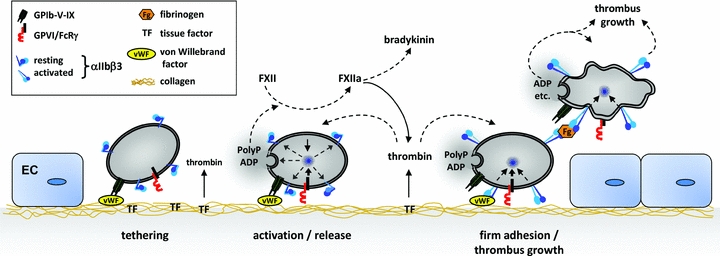Figure 1. Simplified model of thrombus formation.

At sites of vascular injury the ECM becomes exposed to the flowing blood, allowing platelet adhesion and aggregation as well as coagulation. GPIb initiates haemostasis and thrombosis by recruiting platelets to the injured vessel wall, but it may also be involved in immune cell recruitment under inflammatory conditions. GPVI is the central activating platelet collagen receptor required for thrombus formation on the ECM but may also promote inflammation by triggering the release of PolyP. PolyP activate FXII leading to coagulation (via thrombin) and inflammation (via bradykinin). In parallel, thrombin generation is triggered by exposed tissue factor (TF, extrinsic pathway) also leading to coagulation and further platelet activation. Cellular activation and inside-out upregulation of GPIIb/IIIa (integrin αIIbβ3) affinity is essential for firm platelet adhesion and aggregation, the latter through binding of fibrinogen (Fg). EC, endothelial cell.
